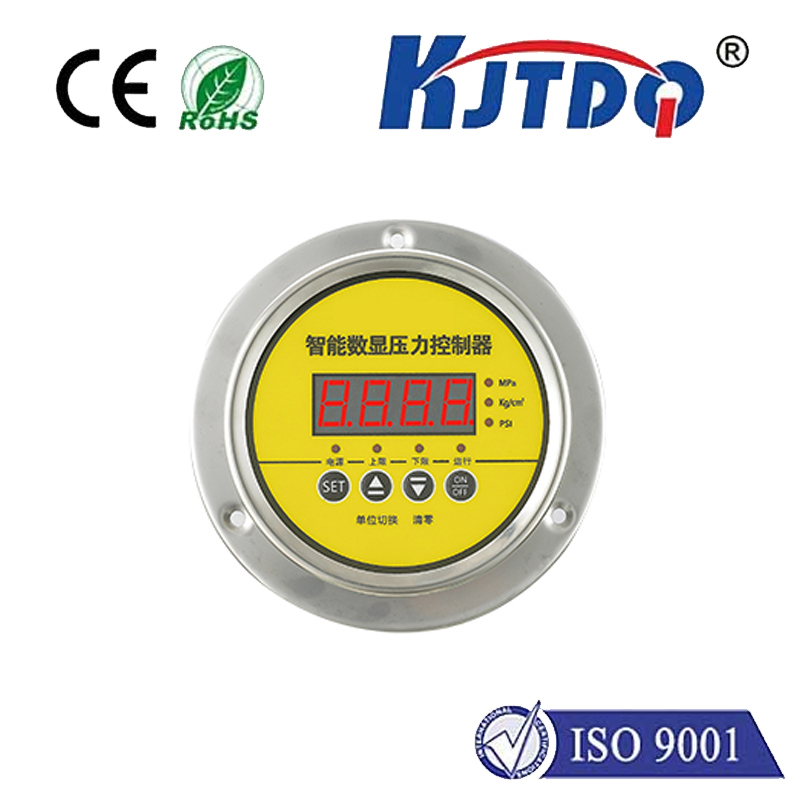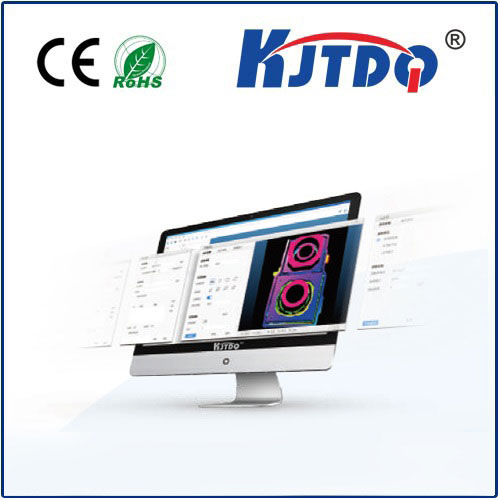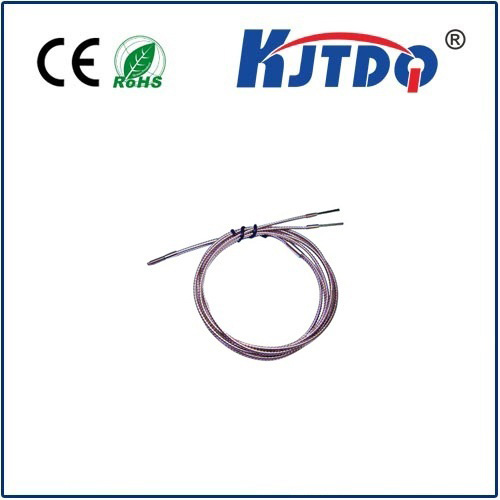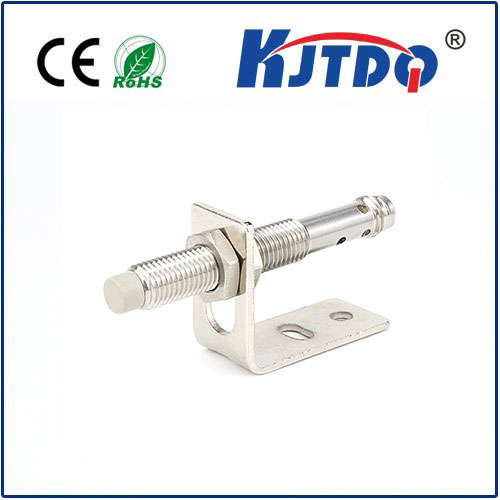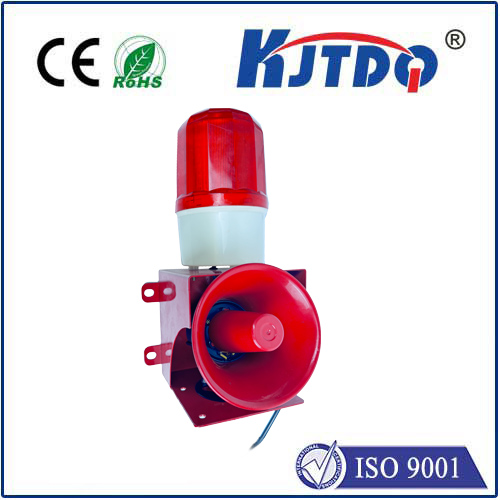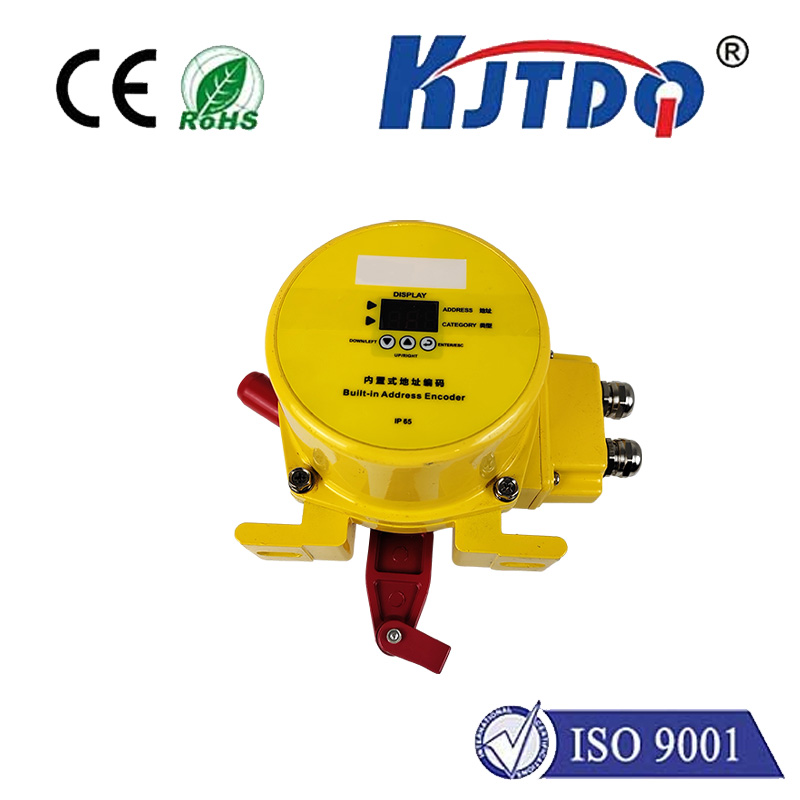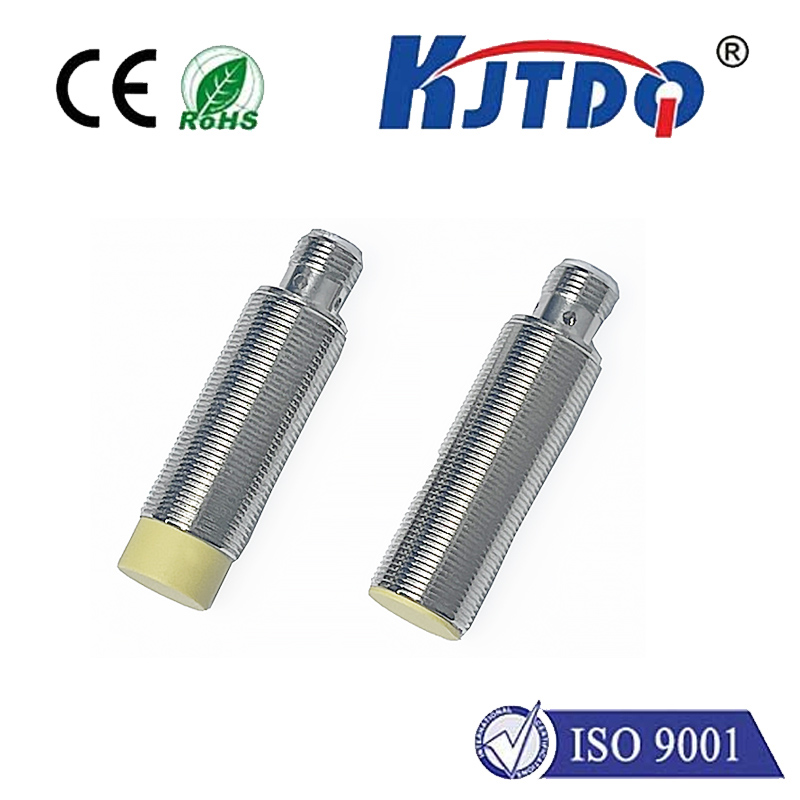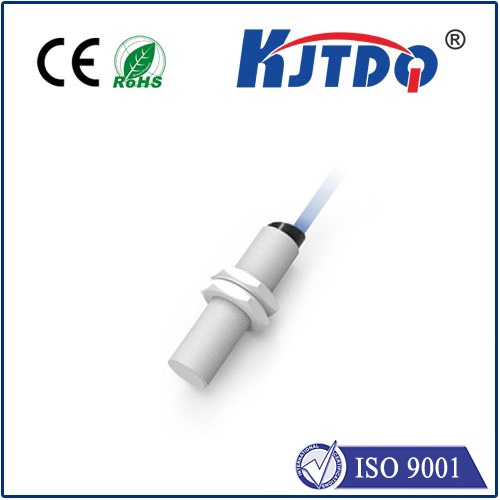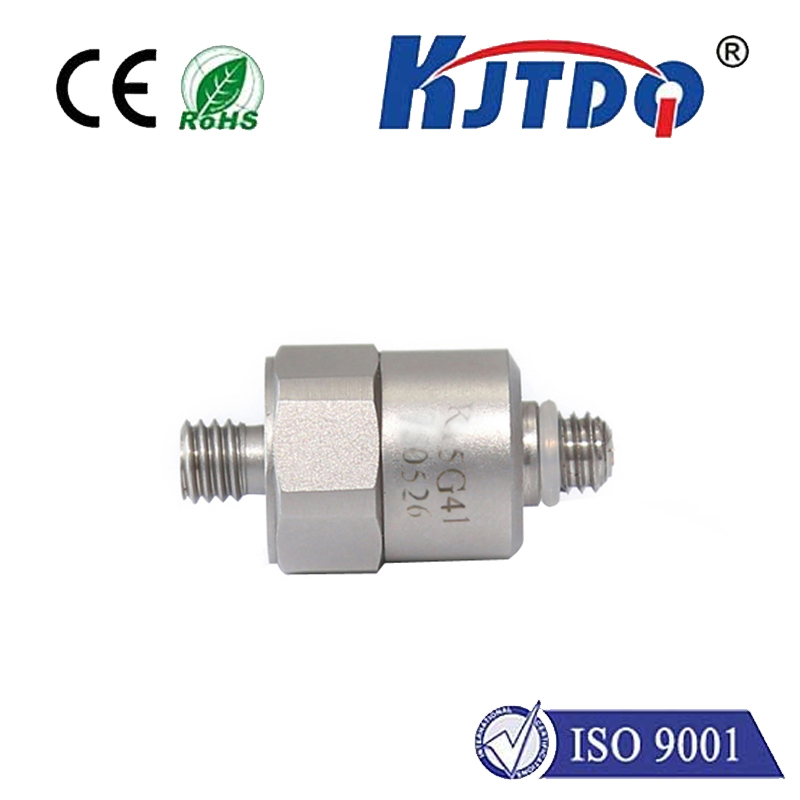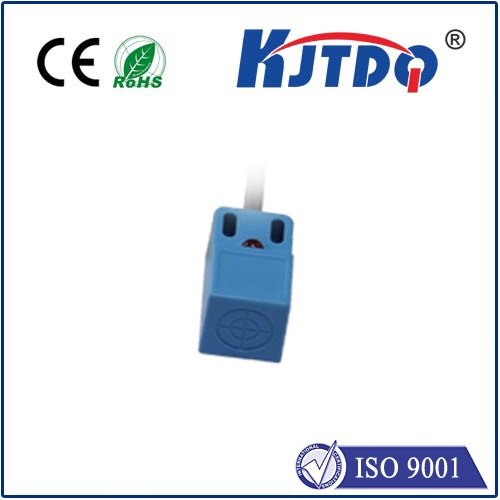
check

check

check

check
Title: The Versatility of Through Beam Photoelectric Sensors in Modern Industry
Through beam photoelectric sensors have become an integral part of modern industrial automation due to their reliability, precision, and versatility. These sophisticated devices play a crucial role in ensuring the smooth operation of various industrial processes by providing accurate detection and measurement of objects passing through a designated path. In this article, we will explore the different applications of through beam photoelectric sensors and their importance in today's industrial landscape.
The basic principle behind through beam photoelectric sensors is the interruption of a light beam between a transmitter and receiver. When an object breaks this beam, it triggers a signal that can be used for various purposes such as counting, positioning, or safety monitoring. This simple yet effective technology has made through beam photoelectric sensors incredibly versatile and adaptable to numerous industrial environments.

One of the most common applications of through beam photoelectric sensors is in conveyor systems where they are used to monitor product flow. By detecting each product as it passes through the sensing area, these sensors can provide real-time data on production rates and identify any potential bottlenecks or errors in the system. This information can then be used to optimize the conveyor system for maximum efficiency and productivity.
Another significant application of through beam photoelectric sensors is in quality control. For example, in packaging operations, these sensors can be used to ensure that products are properly sealed, labeled, or oriented before leaving the manufacturing site. By identifying any defects or deviations from the intended specifications, through beam photoelectric sensors help maintain consistency in product quality and reduce waste.
Safety is another critical area where through beam photoelectric sensors excel. They are often employed in hazardous environments such as machine tools or robotic cells to detect human presence and prevent accidents. When the light beam is interrupted by a person or object entering the danger zone, the sensor sends a signal to stop or slow down machinery, thus protecting both workers and equipment from harm.
In addition to their functional roles, through beam photoelectric sensors also offer several benefits over other types of sensing technologies. For instance, they are highly resistant to environmental factors such as dust, debris, and extreme temperatures, making them suitable for use in harsh industrial conditions. Moreover, since they operate using non-contact methods, there is no wear and tear on mechanical parts, resulting in longer lifespans and reduced maintenance costs.
Through beam photoelectric sensors have proven themselves to be essential components of modern industrial automation. Their ability to accurately detect and measure objects combined with their durability and flexibility makes them ideal solutions for a wide range of applications. From enhancing productivity on assembly lines to ensuring worker safety in dangerous environments, through beam photoelectric sensors continue to play a vital role in shaping the future of industry.
